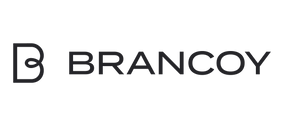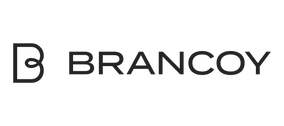Online shopping speed is a critical competitive factor that directly impacts business results today. When customers wait more than three seconds for a page to load, a significant portion of them will abandon the site before making a purchase. Every extra moment of waiting degrades the user experience, and potential sales are lost.
Speed also affects search engine visibility, as Google takes site loading time into account in search results. The faster your online store is, the better it will rank in search results. Speed is especially important on mobile devices, as more and more shoppers are using their phones or tablets to make purchases.
A fast online store is clearly visible in the conversion rate and average purchase size. When the site works smoothly, customers browse more products, stay on the site longer and are more likely to make a purchase. Every second saved in loading time can mean up to tens of percent more sales.
What factors slow down online shopping?
There are typically several technical factors behind slow online stores, which are important to identify before optimizing. Unoptimized images are the most common problem – product images that are too large and heavy significantly slow down the loading of the site. This is especially true for fashion online stores, where there are a lot of product images.
A heavy and poorly coded theme is another major bottleneck. Many pre-made themes contain unnecessary features and code that slow down your site. Choosing and optimizing your theme is a critical part of speed optimization.
An excessive number of applications also puts a strain on an online store. Each add-on and application increases loading time, and online stores often accumulate unnecessary applications that are not actively used. Slow servers and an inadequate hosting solution can ruin the speed of an otherwise well-optimized online store.
Various analytics tools, such as Google PageSpeed Insights and Lighthouse, can help you identify bottlenecks in your online store. These tools give you a clear picture of what factors are slowing down your online store.
How do you optimize images and media to improve ecommerce speed?
Image optimization is one of the most effective ways to speed up your online store. Compress your product images to the right size and use modern file formats – WebP format offers up to 30% smaller file sizes than traditional JPG or PNG images while still maintaining excellent quality. Make sure the physical size (in pixels) of your images matches their display size on your website.
Use lazy loading, which loads images only when the user scrolls to see them. This ensures that the top of the page loads quickly and the user can browse the content without having to wait. This is especially important for product listings with lots of images.
Content Delivery Network (CDN) services speed up media delivery by serving content to the user from the geographically closest server. This reduces latency and speeds up your site, especially for international commerce. Shopify offers an integrated CDN solution that you should take full advantage of.
Also, be sure to check the optimization of video and other media elements. Embed videos wisely, use preview images, and consider loading videos only upon user request to ensure that the homepage loads quickly.
How do you choose the right tools and partners to ensure ecommerce performance?
Choosing the right partners is crucial to optimizing your ecommerce performance. Look for Shopify experts with proven experience specifically in improving ecommerce speed. A partner should understand both the technical and business perspectives and be able to demonstrate tangible results from past projects.
When choosing analytics and monitoring tools, focus on solutions that provide clear actionable recommendations rather than just numbers. Google PageSpeed Insights, GTmetrix, and Shopify's own analytics provide a good foundation for speed monitoring. Choose tools that integrate seamlessly with the Shopify environment and provide easy-to-understand reports.
Ongoing monitoring is just as important as one-off optimization. Your online store speed should be monitored regularly, especially during major updates and campaigns. Set clear KPIs for speed and track their progress as part of your regular business reporting.
Consider an ongoing maintenance agreement with a technical partner that includes regular speed optimizations. As your online store grows and evolves, your performance requirements will change, and a proactive approach will save resources in the long run.




